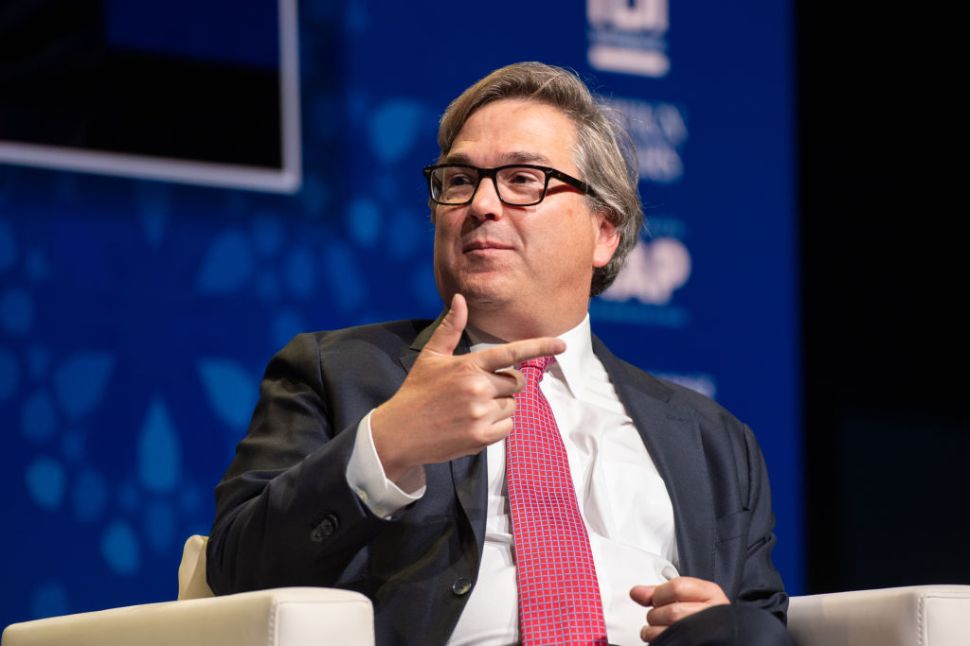Fears of stagflation, the dreadful combination of high inflation and low growth, have gripped Wall Street since before “Liberation Day,” and now it seem to be the nation’s new best-case scenario. Jason Furman, a Harvard economist who served as chair of the Council of Economic Advisors (CEA) under former President Barack Obama from 2013 to 2017, said the U.S. is moving in that direction.
“Over the last four months, economists have upgraded their forecasts for inflation and downgraded their forecasts for growth,” he told Observer. “There is no technical definition of ‘stagflation,’ but this definitely moves the economy in that direction.”
Stagflation is one of the trickiest economic situations, because tackling inflation requires contractionary monetary policy while low growth calls for expansionary policy. Dealing with one will dangerously exacerbate the other, leaving countries stuck with stagflation for years (or decades, in the case of the 1990s Japan).
This scenario will put the Federal Reserve in a difficult position. Fed Chair Jerome Powell warned last week that tariffs will cause “higher inflation and slower growth” but didn’t share any plans for interest rate adjustments. The central bank will meet May to determine next steps.
Tariffs fuel recession fears
Imports and exports account for roughly a quarter of the U.S.’s economic output. A full-blown trade war could reduce the volume of goods going in and out of the U.S. and significantly hamper GDP, especially as the U.S.’s largest trade partners impose retaliatory tariffs: China announced a 34 percent tariff on American goods in response to President Trump’s “Liberation Day” tariffs.
At the beginning of the year, the International Monetary Fund predicted that the U.S. economy would grow 2.7 percent in 2025, the fastest among G7 nations. Some economists lowered that estimate to around 1.5 percent as President Trump announced tariffs targeting Canada and Mexico and certain industries, like automobile. One of those economists is Diane Swonk, the chief economist of KPMG. After the “Liberation Day” levies, she now expects the U.S. to enter a recession in mid-2025.
Major banks also see recession as increasingly likely. Goldman Sachs (GS) predicts there’s a 45 percent likelihood of recession in the next 12 months—up from 35 percent before “Liberation Day.” JPMorgan Chase (JPM) predicts a 60 percent likelihood.
Tariffs are now around an effective 22.5 percent on all imports, the highest level since the early 1900s. “When we raised tariffs in the 1900s, especially with the Smoot-Hawley, we saw a 67 percent decline in global trade. That is why we reversed tariffs,” Swonk told Observer. The Smoot-Hawley Tariff Act, signed by President Hoover in 1930, raised tariffs on 20,000 imported goods in an attempt to protect domestic industries during the Great Depression. Today, economists generally agrees that those measures ended up worsening the economic crisis.
A key distinction this time around is that Trump’s tariffs are imposed through executive orders, meaning they could change tomorrow or when a new President is elected. This uncertainty makes it difficult for foreign companies to decide whether they should move manufacturing to the U.S.—a process that could take years.

